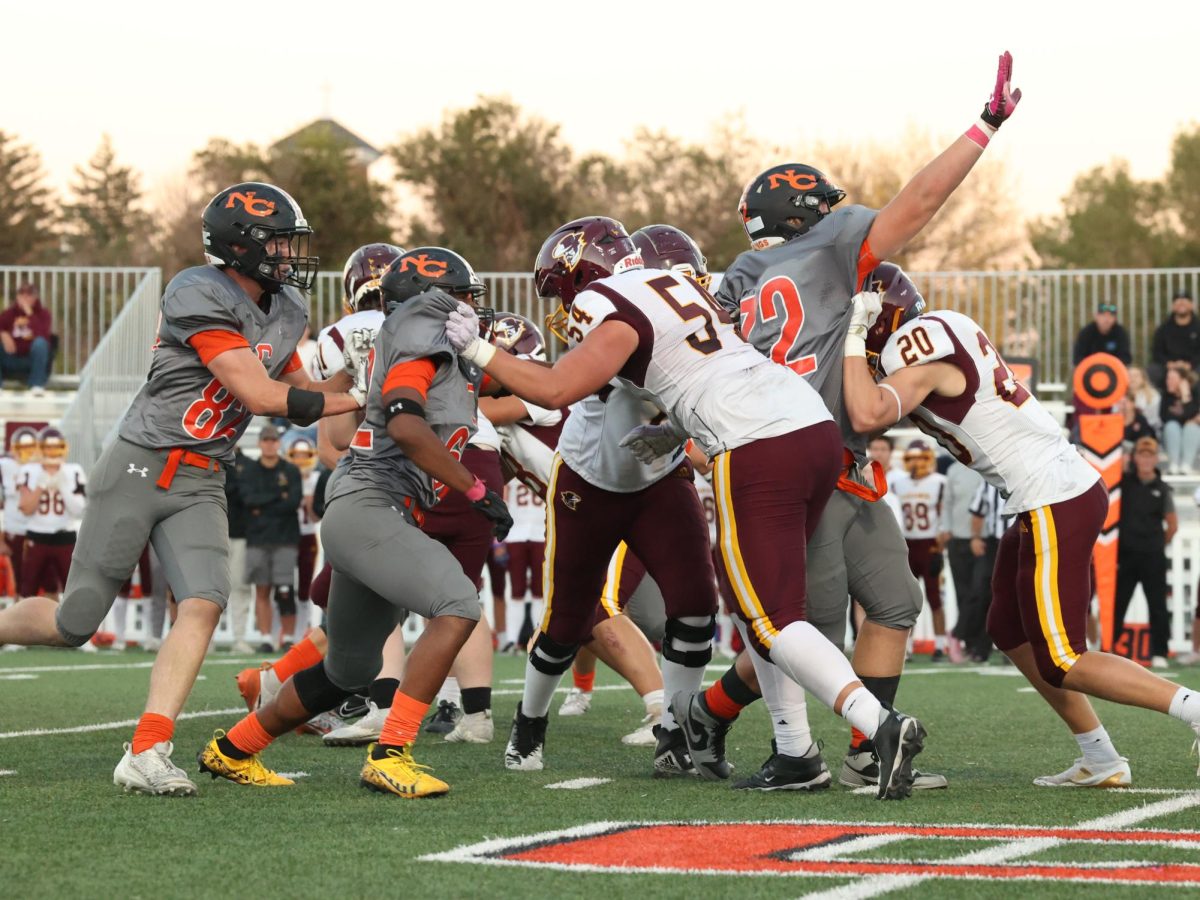Plagiarism and AI have become popular go-to’s for schoolwork. With how technology has evolved, it has become easier to copy, and paste. Just as plagiarism is defined from the Latin root word: plagiarius, meaning ‘kidnapper,’ where the use of original texts are made and no credit goes to the original author. “Plagiarism has always been an issue when it comes to student writing or any student assignment that requires persistence and effort; however, with the advent and accessibility of AI, it now seems like I am seeing more students take short cuts,” said Jackie O’Briant, teaching English 9, and 11H.
With more opportunities to cut corners, chances of catching what is fundamentally thievery is becoming more difficult to uncover. “Previously, teachers had effective tools at their disposal to catch these events. Now some methods may be possible, or at least very difficult, to discover,” said Brian Costello, teaching Computer Science.
According to the Global AI Market in Education, the AI industry is growing rapidly each year. Worldwide, it’s estimated that the AI market will be worth $2.48 billion, and by 2023, it’s believed to rise to $53.68 billion. The marketing for AI is furthering due to the fact that 90% of students who use AI, report that it is better than a tutor. The AI Technology assistance receives and responds back to 10,000 messages per semester, giving understanding that it is a customer-reliant based tool. 43% of college students use AI, and 22% of those claim to have used it to complete assignments or exams. However, the question whether students should be allowed to use AI technology for schoolwork brings questions. “I do know that the school district is working on writing some policies on how AI should and shouldn’t be used in NCSD #1,” said Chris Patterson, IT technology supporter. While 66% of schools believe AI technology is a disruption, 86% of instructors say AI should take part in class.
However, even with the marketing for AI rising, teachers are beginning to catch AI-written essays, and assignments, as it is essentially a form of plagiarism because you did not write it yourself, rather it was drawn out by a computer. So, essentially, just like the definition of plagiarism before, you are taking credit for someone’s work. “As educators, we do have some tools that help us detect AI when we notice writing that seems unlike previous students’ work. Some of those tools interface seamlessly with Canvas. Others require more time-intensive research on the teacher’s part when plagiarism is suspected,” said O’Briant.

There are biased opinions on whether AI should be allowed in school or not. Some students strongly believe against the idea like Abby Stroud, 11th grader at NC, “I think it’s stupid. I think humans were given the capacity to communicate and understand and we should use it. Why should we have to generate an essay when we are fully capable. It may take some work, but still.”
With AI still continuing to develop and enhance, the question on whether the tool is good or bad still follows. “In a lot of ways I think AI is just like any other world-changing tool or technology mankind has ever created. When you compare it to other world-changing technologies like guns, nuclear power, and the internet, whether or not it’s good or bad all depends upon the person using it,” said Keith Ingledew, product technology manager for Eval.com. “I think that ultimately it will make mankind lazier and far less appreciative of what it means to be human: to have the ability to think, to create something out of your own experiences, and to go through the hardship necessary to foster a healthy respect for the world in which we live.” While AI may not be what people are looking for in society, it can help in other ways according to Ingledew, “I think AI will make the world a better place by allowing scientists to solve problems at a much faster rate, give everyday people a powerful tool for learning, and provide small businesses with solutions that will make their companies far more profitable.”
AI will continue to grow and increase in value in the market. This means that there will be more possibilities for students taking shortcuts in school. Ultimately, it comes down to author-credibility, and self-responsibility. “I think it’s a good concept. It’s a tool; don’t make it a bad thing just because people use it in a bad way,” said Jason Robberson, 11th grader at NC.













